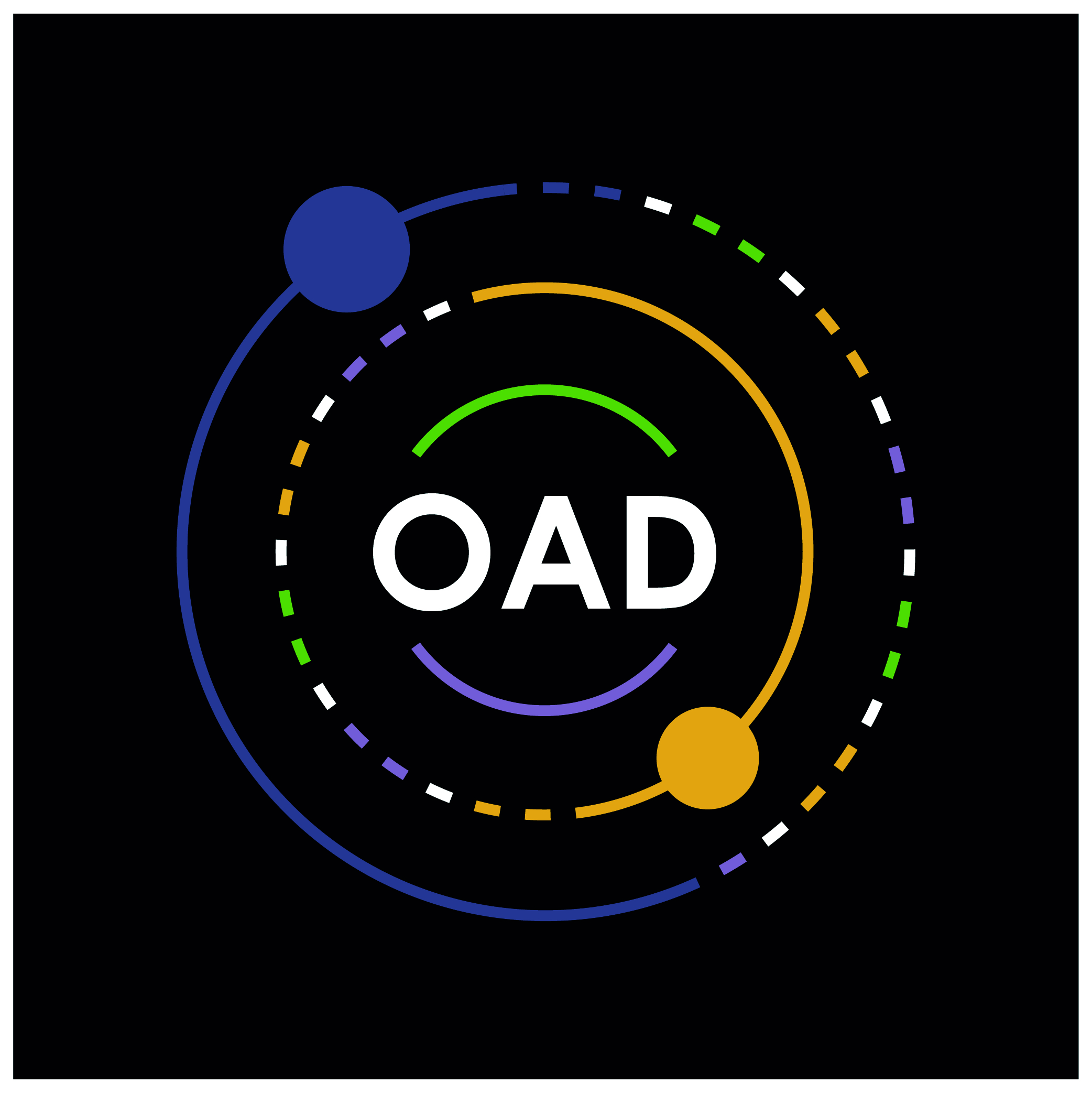AstroTribe is an initiative by AstronEra that is committed to nurturing curiosity, disseminating astronomical knowledge, and empowering underprivileged students worldwide. It embraces the pristine night skies of Himachal Pradesh and Leh-Ladakh in India, as well as the favelas of Brazil. In these regions, where the night sky holds untapped potential for astrotourism, AstroTribe empowers local youth, enabling them to harness these dark skies as a source of sustainable income. Participants gain a profound understanding of the cosmos and practical skills to lead stargazing events and manage telescopic equipment. The project also places significant emphasis on personal development, enhancing the potential of every participant.
In collaboration with the Department of Science and Technology, Government of India, AstroTribe is also committed to conserving dark skies in Himachal Pradesh and Leh Ladakh. Through conferences, workshops, and immersive stargazing events, the project raises awareness about the critical importance of preserving these pristine nightscapes. Collaborative efforts are dedicated to combatting light pollution and safeguarding the natural beauty of these regions.
AstroTribe is also developing a digital platform that connects trained astroguides, mentors, and resorts collaborating for astrotourism. It serves as a global hub where enthusiasts and experts converge, bridging the gap between budding astroguides, experienced mentors, and astronomy aficionados. Users can explore nearby stargazing events, fostering the exchange of astronomical knowledge and authentic experiences. The AstroTribe website acts as a gateway to promote astrotourism and generate income for onboarded astroguides.
AstroTribe 2023 extends an open invitation for collaboration from organizations and individuals who share a passion for astronomy, education, community empowerment, and the preservation of our dark skies. Together, we illuminate minds, one star at a time.
Activities:
a. Pre-Training test:
The AstroTribe team decided to execute the project in the areas famous for tourism as well as access to less light polluted skies, allowing the AstroTribe participants more opportunities through the project. After enquiring with the schools in Manali, Himachal Pradesh and Leh, Ladakh, India, Delhi Public School, Manali and SECMOL, Leh were shortlisted to execute the project. 70 students combined from both the schools, submitted the “Interest Assessment Test” out of which 20 were shortlisted from DPS Manali and 15 were shortlisted from SECMOL, Leh. Brazil team was provided with the Pre-Training test, we are still waiting on suitable candidates to take the project ahead with.
b. Level 1: First training session (DPS & SECMOL): 2 days approximately 3 hours each day
Astronomical Topics covered-
i. Earth (Latitudes & Longitudes, Northern and Southern Hemisphere, Axis of the earth, rotation and revolution, seasons, Time Zones)
ii. Basic astronomical terms (Star, Planet, Satellites, Eclipses, Galaxy, Nebulae, Supernova etc.)
iii. Solar System (Sizes, distances, basic characteristics of each planet)
iv. Cosmic address (Milkey Way Galaxy, Local Galaxy Group, Virgo
v. Cluster, Laniakea Super Cluster, Universe)
Astronomical Activities-
i. Understanding movement of Earth and other planets, eclipses using body movement.
ii. Understanding distances in the Solar System by paper folding and drawing activity.
iii. Understanding the Solar System by using “Eyes on NASA”
iv. Game to talk about new things leant during the session and promote public speaking
v. Q&A , Feedback sessions
Psychological Activities –
i. Mind mapping knowledge of astronomy.
ii. Body movement in relation to Science Communication
c. Level 1: Second training session (SECMOL): 3 days approximately 5 hours each day
Astronomical Topics Covered-
i. Stellar Life Cycle (Nebula, Protostars, Red Giants, Blue Giants, White dwarfs, Supernova, Blackhole, Neutron Stars, HR Diagram)
ii. Relevance between astronomy and other fields such as Biology, Chemistry, Computer Programming
Astronomical Activities-
i. Science fiction story making to solve the problem of light pollution in the year 2050
ii. Science Communication – Understanding the language, details and context, Using body, voice and story telling as tools, Understanding the audience, skills to become science communicator and avenues to generate income through science communication.
Psychological Topics Covered-
iii. Interest in astronomy education
iv. Interest in Astronomy career
v. Public speaking
vi. Story telling
Psychological Activities –
i. Superstitions and Myths bursting discussion
ii. Discussion about study and career in astronomy
iii. Story telling through physical movements
iv. Q&A , Feedback sessions
d. Level 2: First training session (SECMOL): 2 days approximately 3 hours each day
Astronomical Topics Covered-
i. Telescopes (History, Types, sizes, structure, working)
ii. Positional Astronomy
Astronomical Activities-
i. Observing through telescope (Moon, Jupiter, Saturn, Double Cluster in Perseus)
ii. Experiencing Moon Landing through Virtual Reality Simulation Goggles.
iii. Mock stargazing event for peers and staff
iv. Model making of AstroLabe to understand the angular movement of the celestial objects
A preliminary test was conducted and each student provided a ‘brain map’ in order for the team to gauge their level of their understanding of astronomical concepts. Of 70 students that submitted data, 20 students from DPS Manali and 15 Students from SECMOL, Leh were selected for level 1 training. After each activity, we encouraged the students to ask questions and give us feedback in order for the team to know their level of understanding and recalibrate activities. A peer assessment was completed for the SECMOL students where they demonstrated their learnings through a mock stargazing event.



